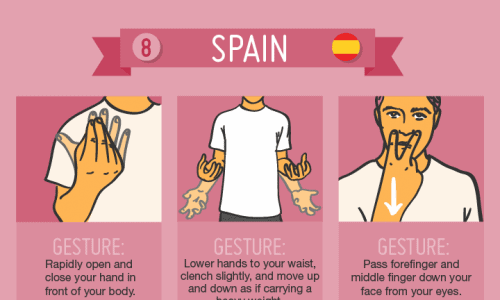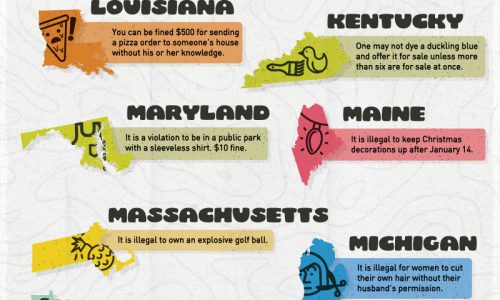
Words are powerful, and a simple tweet or social media post can quickly go viral. But should journalists cover every hateful thing that’s said by someone in the public eye? Better yet, how do you determine whether something is actually hate speech?
There is a fine line between informing the public and giving people with hateful views a platform to advertise their position and possibly recruit others. For socially-conscious journalists, it can be difficult to ignore the repercussions their pieces might have once they are released to the masses.
Hate speech is any expression serving to vilify any given group of people that encourages harm to a group’s members. But because the U.S. has wide First Amendment protections, it’s difficult to actually know whether something is hate speech that shouldn’t be shared by a news reporter. If someone espouses hate for a group based on gender, race or any other factor, should they be ignored? On the other hand, legitimate concerns about freedom and people’s safety shouldn’t lead to unwarranted censorship.
It’s a journalist’s job to differentiate between hate speech that doesn’t need additional attention and a controversial opinion to avoid silencing valid criticism of dominant values or institutions.If you’re a communicator, you must fight cynicism and spread knowledge through your work. When in doubt, this five-point checklist will help you decide whether something has news value.





